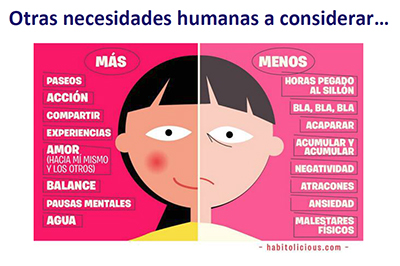 The goal of this curriculum is to help janitors improve ergonomics and develop competencies that will enable them to take action to prevent injuries and illnesses caused by unhealthy ergonomic conditions at work.
The goal of this curriculum is to help janitors improve ergonomics and develop competencies that will enable them to take action to prevent injuries and illnesses caused by unhealthy ergonomic conditions at work.
We define these competencies as the know-how that allows a person to act purposefully and effectively in specific situations. In this case, to act in a way that is self-protective and preventive when faced with working conditions that threaten their safety and health.
For example, workers should be enabled and encouraged to:
- Analyze a task they perform to identify ergonomic hazards and come up with preventive solutions.
- Implement immediate changes, or report the issue to a supervisor, union representative, or doctor.
- Make a co-worker aware of long term effects of what may seem like tolerable discomfort.
CURRICULUM
Introduction to Ergonomics for Janitors
UNIT ONE
● What is Ergonomics?
● Recognizing ‘human wellbeing’ and the ‘work environment’ to understand their relationship.
UNIT TWO
● How to identify ergonomic risk factors?
● How do ergonomic risk factors at work affect janitors’ physical and mental wellbeing?
UNIT THREE
● What is the goal of Ergonomics and how does it help prevent injuries and illnesses?
● Preventive steps workers and employers can and should take based on OSHA regulations.
This material was produced by the UCLA Labor Occupational Safety and Health (LOSH) Program under grant SH-26298-SH4 from the Occupational Safety and Health Administration, U.S. Department of Labor. It does not necessarily reflect the views or policies of the U. S. Department of Labor, nor does mention of trade names, commercial products, or organizations imply endorsement by the U. S. Government.
Email us to have a set of curriculum materials emailed to you in a zipped file.

